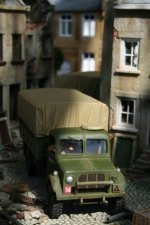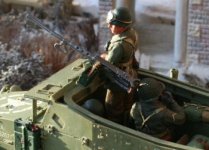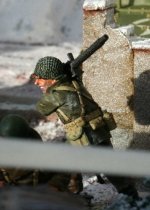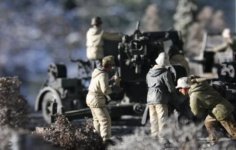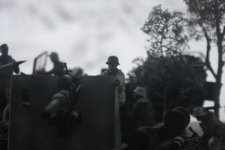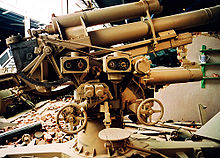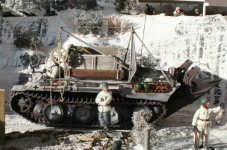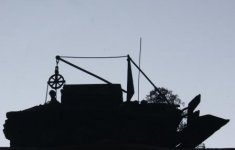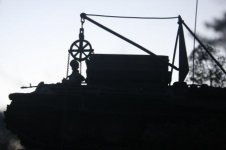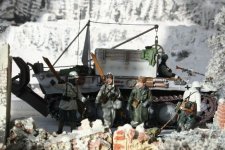Background
Most anti-aircraft guns of World War I were adaptations of existing medium-
calibre weapons mounted to allow fire at higher angles. These weapons were useful, at least for deterrence, against the vulnerable and slow-moving aircraft of World War I. But when the performance of aircraft increased during the inter-war period, the usefulness of early AA guns decreased dramatically. They could not reach the higher altitudes at which new aircraft could fly, often flying over 6,000 metres (20,000 ft), nor could they fire rapidly enough to be effective against fast aircraft. Many military planners concluded that anti-aircraft artillery would no longer be effective, and only limited development was carried out by most countries. The exceptions were Germany, Britain and France, Sweden and later the USA and USSR, China, Japan, Spain, Czechoslovakia, Norway and Canada.
German planners instead developed more powerful guns with high
muzzle velocity to reach high altitude, and much faster rates of fire. Since Germany had been forbidden to produce new weapons of almost every sort after World War I, the German
Krupp company developed the new guns in partnership with
Bofors of
Sweden. The original design that led to the 88 was a 75 mm model. During the prototype phase, the army asked for a gun with considerably greater capability than the 75. The designers started over, using another common German calibre, 88 mm.


FlaK 18, North Africa 1942.


Flak 18, front view
Prototype 88s were first produced in 1928. These early models, the
FlaK 18, used a single-piece barrel with a length of 56 calibres, leading to the commonly-seen designation
88/L56.
The FlaK 18 was mounted on a cruciform gun carriage that allowed fire in all directions, as opposed to split-trail designs, which allowed fire within a relatively narrow arc only. This makes sense given its anti-aircraft role.[
clarification needed] The two "side" members of the carriage could be quickly folded up, allowing the gun to be lifted onto two wheeled chassis for high-speed towing. The weight of the gun meant that only large vehicles could move it, and the
SdKfz 7 half-track became a common
prime mover. A simple to operate "semi-automatic" loading system ejected fired shells, allowing it to be reloaded by simply inserting a new shell into a tray. The gun would then fire, recoil, and, during the return stroke, the empty casing would be thrown backward by levers, and a cam would engage and recock the gun. This resulted in firing rates of 15 to 20 rounds a minute, which was better than similar weapons of the era.[
citation needed]
High explosive ammunition was used against aircraft and personnel, and
armour-piercing and
high-explosive anti-tank against tanks and other armoured vehicles.
Widespread production started with the
Nazi rise to power in 1933, and the FlaK 18 was available in small numbers when Germany intervened in the
Spanish Civil War. It quickly proved to be the best anti-aircraft weapon then available. Further, the high muzzle velocity and large calibre made it an excellent long-range anti-vehicle weapon. This experience also demonstrated a number of minor problems and potential improvement opportunities.


FlaK 36 being mounted onto its carriage
More Figarti photos
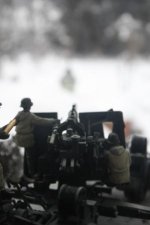
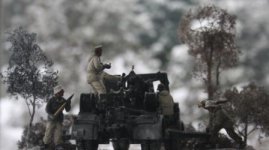 View attachment 42511
View attachment 42512
View attachment 42513
View attachment 42511
View attachment 42512
View attachment 42513
see
http://en.wikipedia.org/wiki/8.8_cm_FlaK_18/36/37/41



